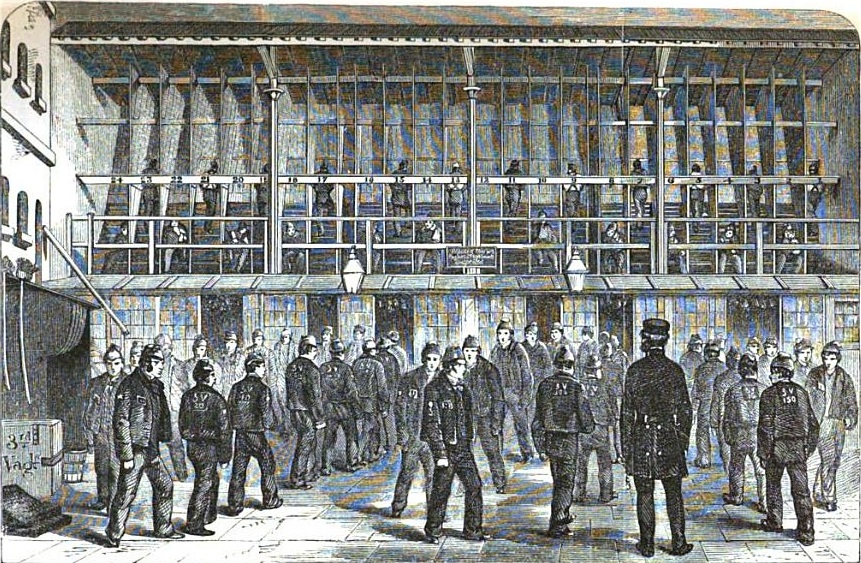organicjuicebardc.com – The Victorian era, spanning from 1837 to 1901, was a period of significant change in Britain. This era, named after Queen Victoria, saw the expansion of the British Empire, the Industrial Revolution, and the birth of the modern prison system. The Victorian lockups, as they were known, were not just places of confinement but also sites of punishment, reform, and, at times, brutality. These institutions have left behind a legacy of tales that reflect the complexities of the society from which they emerged.
One of the most notorious prisons of the Victorian era was the Pentonville Prison in London. Established in 1842, Pentonville was designed to embody the principles of separate confinement, where prisoners were kept in solitary cells for up to 23 hours a day. The regime was intended to promote reflection and reform, but it often led to mental anguish and despair among the inmates. The prison’s design, with its radial layout and the “separate system,” influenced penal reforms worldwide.
Another infamous institution was Millbank Prison, which opened in 1816 on the site of what is now the Tate Britain art gallery. Millbank was initially built to house prisoners awaiting transportation to the colonies. However, as transportation declined, the prison became notorious for overcrowding and disease. The conditions were so dire that it led to public outcry and eventually to the prison’s closure in 1890.
The Victorian era also saw the rise of public executions as a form of deterrence and spectacle. Newgate Prison, located in the heart of London, was the site of many public hangings. The last public execution took place in 1868, after which hangings were conducted within the prison walls. The move from public to private executions reflected a shift in the philosophy of punishment, from spectacle to reform.
Women’s experiences in Victorian prisons were particularly harsh. Female prisoners were often subjected to additional scrutiny and moral judgment. One of the most notorious women’s prisons was Holloway Prison, which opened in 1852. Holloway was designed to house female offenders, including many who were incarcerated for minor offenses or for being victims of societal norms, such as prostitution. The prison became a symbol of the struggle for gender equality in the justice system.
The Victorian prison system was not just about punishment; it also sought to reform and rehabilitate. This was evident in the establishment of workhouses, which were intended to provide shelter and employment for the poor. However, the conditions in workhouses were often grim, and they became associated with the stigma of poverty. Charles Dickens famously criticized the workhouse system in his novels, highlighting the inhumanity of the institutions.
The tales from Britain’s most notorious Victorian prisons are a testament to the era’s complexities. They reveal a society grappling with issues of crime, punishment, and reform. The prisons were microcosms of the broader social and economic changes taking place in Britain. They were sites of suffering but also of resilience and survival. As we look back on these institutions, we can learn much about the human condition and the evolution of our justice system.
Today, many of these prisons have been demolished or repurposed, but their stories live on. They serve as a reminder of the challenges faced by previous generations and the ongoing quest for a more humane and effective system of justice. The Victorian lockups may be relics of the past, but their legacies continue to shape our understanding of crime, punishment, and the possibilities for redemption.
